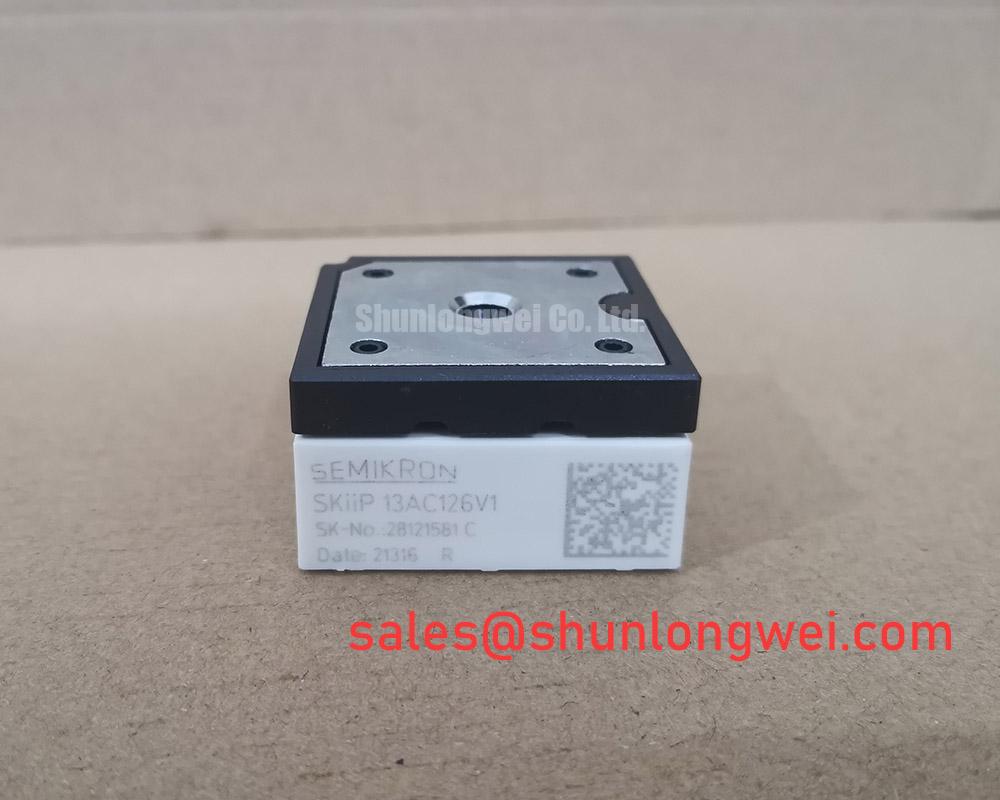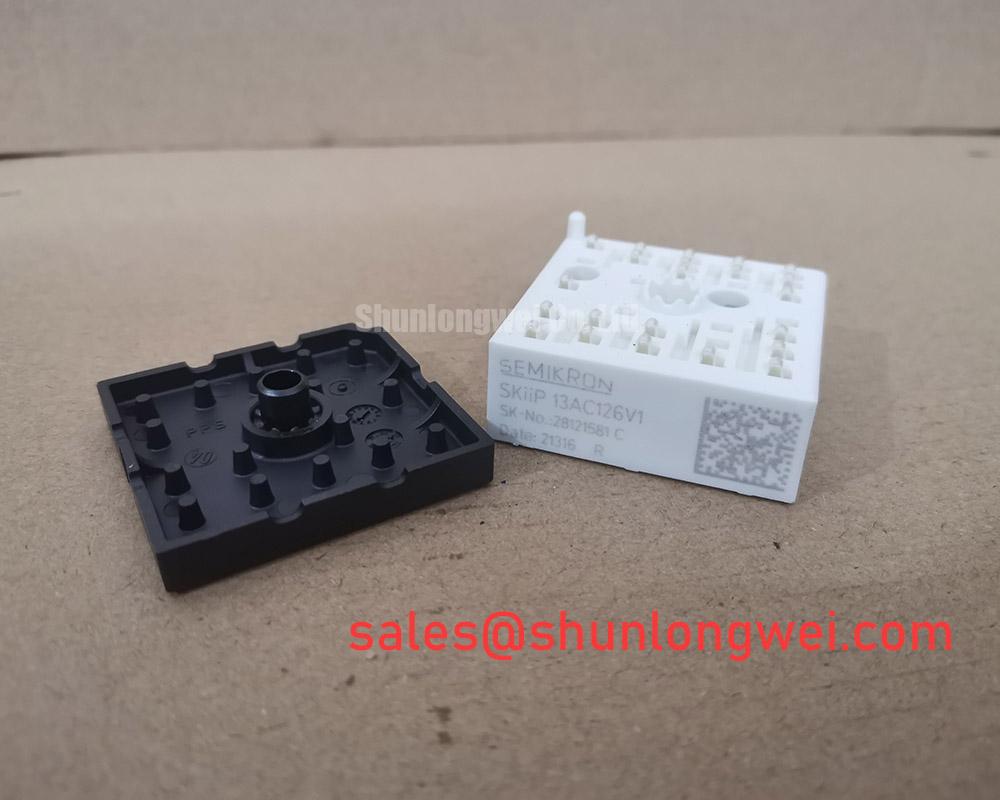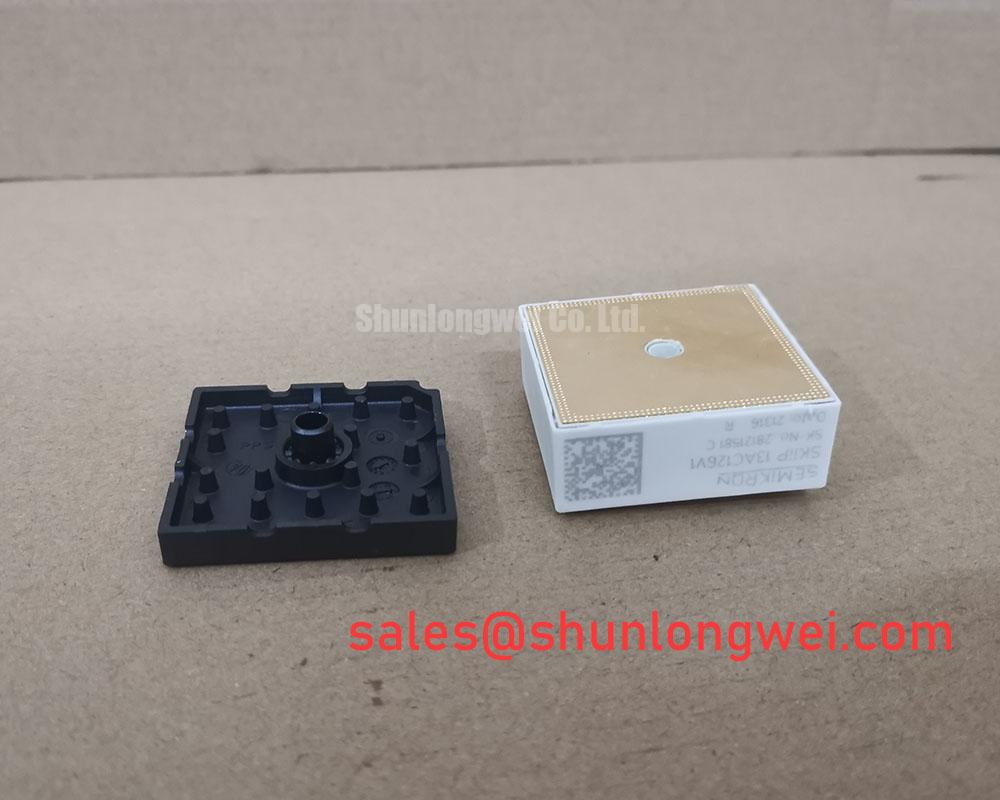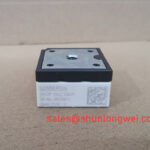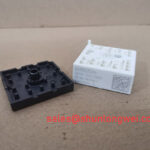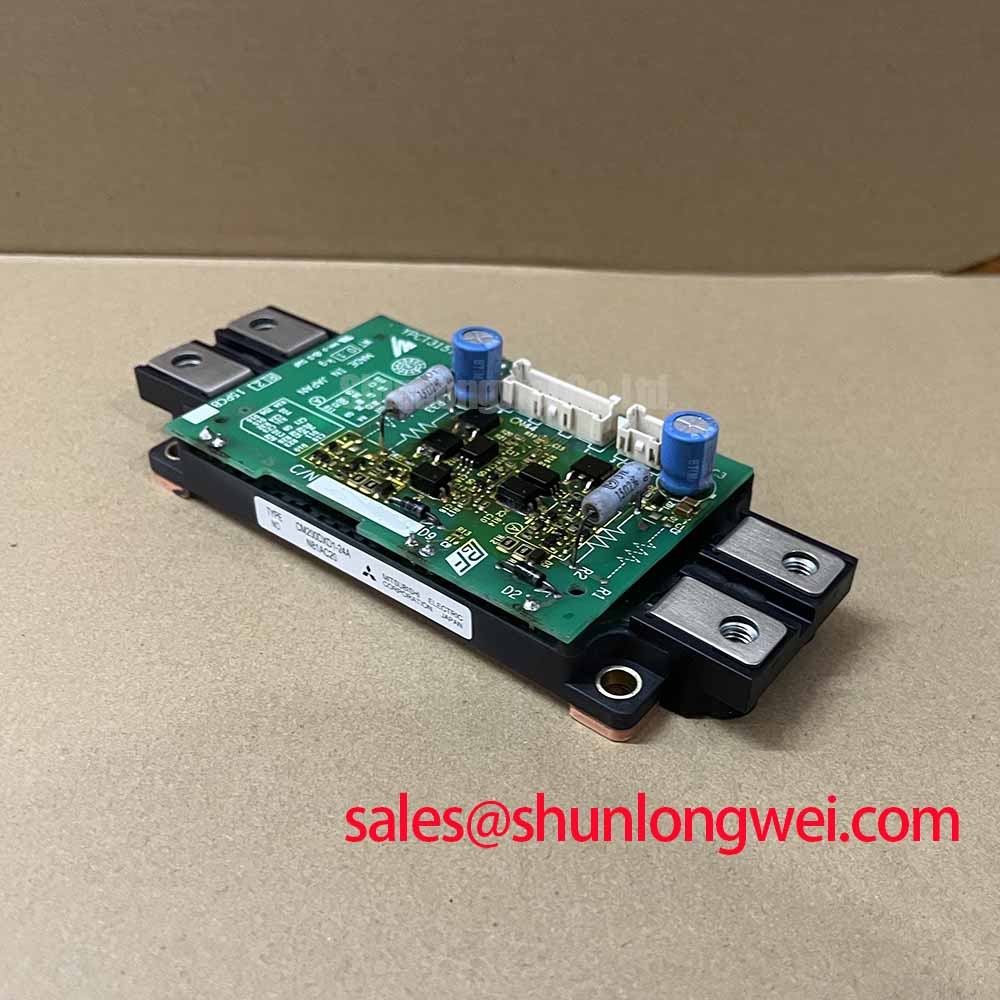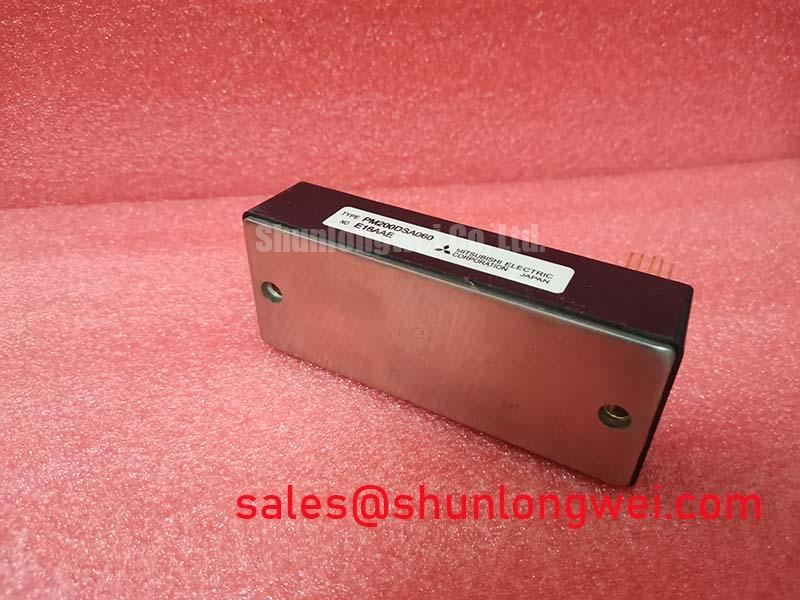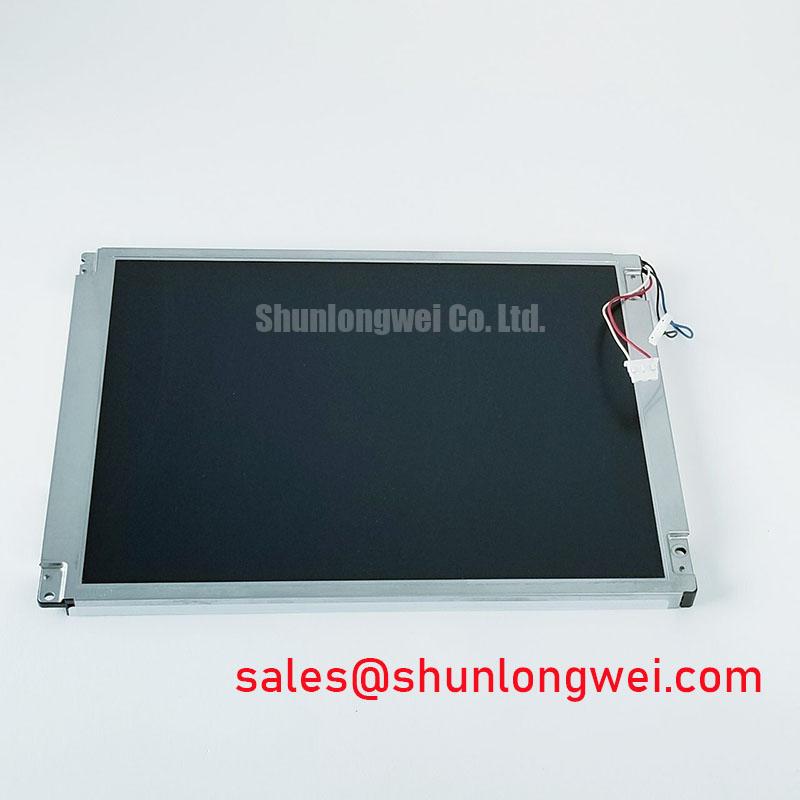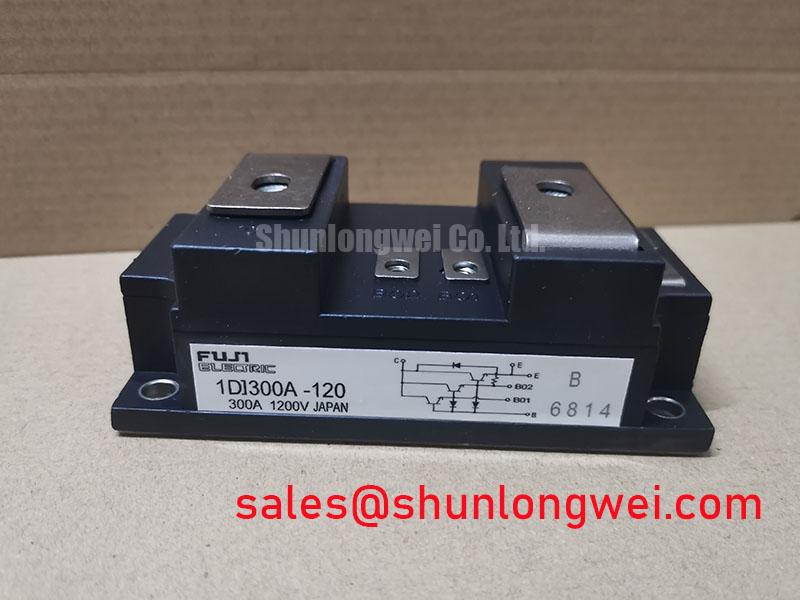SKiiP 13AC126V1: Solder-Free IPM for Rapid Development of 7.5kW Motor Drives
Imagine the final design phase for a new automated conveyor system. The mechanical components are validated, but the pressure is on the power electronics team to deliver a motor drive that is not only compact and efficient but will withstand years of vibration and thermal stress without failure. Traditional designs using discrete components present challenges in assembly time, thermal management, and long-term solder joint reliability. The SEMIKRON SKiiP 13AC126V1 intelligent power module (IPM) is engineered specifically for this scenario. It consolidates a complete 1200V, 25A three-phase inverter stage, including pre-optimized gate drivers, into a single module that leverages SEMIKRON's revolutionary solder-free spring contact technology. This approach fundamentally de-risks the design process, enabling engineers to build highly reliable 7.5 kW motor drives faster and with greater confidence in their long-term performance.
From Conveyors to Compressors: Where Solder-Free Integration Excels
The SKiiP 13AC126V1 is an optimal power solution for designers developing compact variable frequency drives (VFDs) and servo applications up to 7.5 kW. Its integrated nature and robust construction provide tangible engineering benefits across a range of demanding industrial environments.
- Material Handling and Logistics: In conveyor systems, sorting machines, and automated guided vehicles (AGVs), the module's resistance to mechanical vibration, thanks to the solder-free spring contacts, ensures operational longevity where standard soldered modules might fail prematurely.
- Industrial Pumps and Fans: For applications like wastewater treatment pumps or building ventilation systems, efficiency and reliability are paramount. The module's low conduction losses and superior thermal interface reduce energy consumption and minimize system downtime.
- General Purpose Machinery: The SKiiP 13AC126V1 serves as a versatile power core for a wide array of machinery, including packaging equipment, textile machines, and small compressors. Its plug-and-play nature drastically shortens the development cycle for new machine controllers.
- Commercial Appliances: In high-power commercial appliances, the integrated safety features and compact footprint allow designers to create powerful and safe systems that meet stringent regulatory standards. For a deeper understanding of how IGBTs form the core of modern drives, explore our guide on IGBT Modules: The Backbone of High-Efficiency Power Systems.
Engineering in Practice: The SKiiP 13AC126V1 Advantage
A mid-sized European manufacturer of industrial air compressors recently transitioned its 7.5 kW drive platform to the SKiiP 13AC126V1. Their primary goal was to improve field reliability and simplify production. By adopting this IPM, they eliminated the complex and time-consuming process of mounting and soldering discrete IGBTs and a separate gate driver board. This change alone reduced their power stage assembly time by an estimated 25%. Furthermore, early field data projects a significant reduction in warranty claims related to power electronics failure, directly attributed to the superior thermal cycling and vibration immunity of the SKiiP pressure contact system.
Design Crossroads: IPM vs. Discrete Components
Choosing between an Intelligent Power Module like the SKiiP 13AC126V1 and a traditional design with discrete IGBTs and a gate driver is a critical decision based on project priorities. This module offers a clear path to success for specific engineering goals. Choose this IPM if your project demands:
- Accelerated Time-to-Market: The pre-integrated, pre-optimized nature of the driver and power stage allows you to bypass complex gate drive design, layout, and testing.
- Enhanced Reliability: For applications subject to temperature cycles or mechanical vibration, the solder-free design provides a definitive advantage in operational lifetime over conventional modules.
- Compact Footprint: Consolidating multiple components into one module saves valuable PCB space, enabling smaller and more power-dense inverter designs.
Conversely, a discrete component approach might remain viable for ultra-high-volume projects where unit BOM cost is the single most important factor and where development teams have extensive resources for custom gate drive optimization. For a detailed analysis of this trade-off, see our article on IPM vs. Discrete IGBTs.
Frequently Asked Questions
What is the primary benefit of the spring contacts on the SKiiP 13AC126V1 versus traditional soldered modules?The main advantage is the elimination of solder fatigue, which is a leading cause of failure in power modules subjected to repeated temperature changes (power cycles). The spring contact system maintains a consistent pressure for both electrical and thermal connections, ensuring a very low thermal resistance and exceptional resilience to mechanical shock and vibration. This results in a significantly longer operational lifetime and higher reliability.
Is a 1200V IGBT necessary for a 400V/480V AC line application?Yes, it is a standard and safe engineering practice. A 480V AC line, when rectified, results in a DC bus voltage of approximately 678V (480 * sqrt(2)). The 1200V rating of the IGBT provides the necessary safety margin to withstand voltage spikes caused by switching operations and stray inductance in the circuit, preventing catastrophic failure. This headroom is critical for ensuring a robust and reliable design as detailed in guides on IGBT failure analysis.
Core Specifications for System Integration
The SKiiP 13AC126V1 provides a well-balanced set of specifications optimized for industrial motor drive applications. The low VCE(sat) of 1.7V (typ.) is particularly important, as it directly minimizes conduction losses, which are the primary source of heat in a motor drive operating at steady speed. This translates to higher inverter efficiency and reduced heatsink requirements. The use of solder-free contacts ensures a consistently low thermal resistance from junction to heatsink (Rth(j-s)), allowing the generated heat to be evacuated efficiently. For full details, please Download the Datasheet.
| Inverter - IGBT Electrical Characteristics (Per Switch at Tj=25°C unless specified) | |
|---|---|
| Collector-Emitter Voltage (Vces) | 1200 V |
| DC Collector Current (Ic) | 31 A (Tc = 25°C) / 25 A (Tc = 80°C) |
| Collector-Emitter Saturation Voltage (VCE(sat)) | 1.7 V (typ.) at Ic,nom |
| Total Switching Energy (Ets) | 3.5 mJ (typ.) at Tj=125°C, Ic=25A |
| Short Circuit Withstand Time (tsc) | 10 µs |
| Inverter - Diode Characteristics (Per Switch at Tj=25°C unless specified) | |
|---|---|
| Forward Voltage (Vf) | 1.7 V (typ.) at IF=25A |
| Reverse Recovery Charge (Qrr) | 15 µC (typ.) at Tj=125°C |
| Thermal and Mechanical Characteristics | |
|---|---|
| Operating Junction Temperature (Tj,op) | -40 to +150 °C |
| Thermal Resistance, Junction to Heatsink (Rth(j-s)) | < 0.9 K/W (per IGBT) |
Meeting Tomorrow's Reliability Standards, Today
The industry is moving towards smarter, more autonomous systems where unplanned downtime is increasingly unacceptable. This places immense pressure on the long-term reliability of every component. The SKiiP 13AC126V1 directly addresses this trend by tackling a fundamental weak point in conventional power electronics: the soldered connection. By using a robust pressure contact system, it aligns with a design philosophy focused on maximizing uptime and minimizing total cost of ownership (TCO). This technology, as detailed by Semikron Danfoss, represents a strategic shift from simply meeting specifications to engineering for an entire lifecycle. Integrating this module is not just a component choice; it is a strategic decision to build a more resilient and cost-effective end product.
Under the Hood: Trench IGBTs and CAL Diode Synergy
The performance of the SKiiP 13AC126V1 is rooted in its advanced silicon. The module utilizes Fast Trench Gate IGBTs, a technology that creates a vertical gate structure within the silicon. This design allows for a higher density of cells, achieving a very low on-state voltage (VCE(sat)) to reduce conduction losses. This is paired with a robust CAL (Controlled Axial Lifetime) freewheeling diode. The "soft" recovery characteristic of the CAL diode is critical; it ensures that when the diode turns off, the current falls smoothly without inducing large voltage overshoots and high-frequency oscillations. This behavior can be compared to a high-performance suspension system in a car, smoothing out bumps to prevent jarring shocks. In the module, this "electrical shock absorption" reduces electromagnetic interference (EMI) and lowers voltage stress on the IGBTs, contributing to a more stable and reliable system. This synergy makes the module particularly well-suited for the demanding switching conditions found in modern PWM inverters.
To accelerate your next motor drive design with proven reliability, contact our technical sales team. We can provide pricing, availability, and engineering support to help you integrate the SKiiP 13AC126V1 into your power conversion platform.

